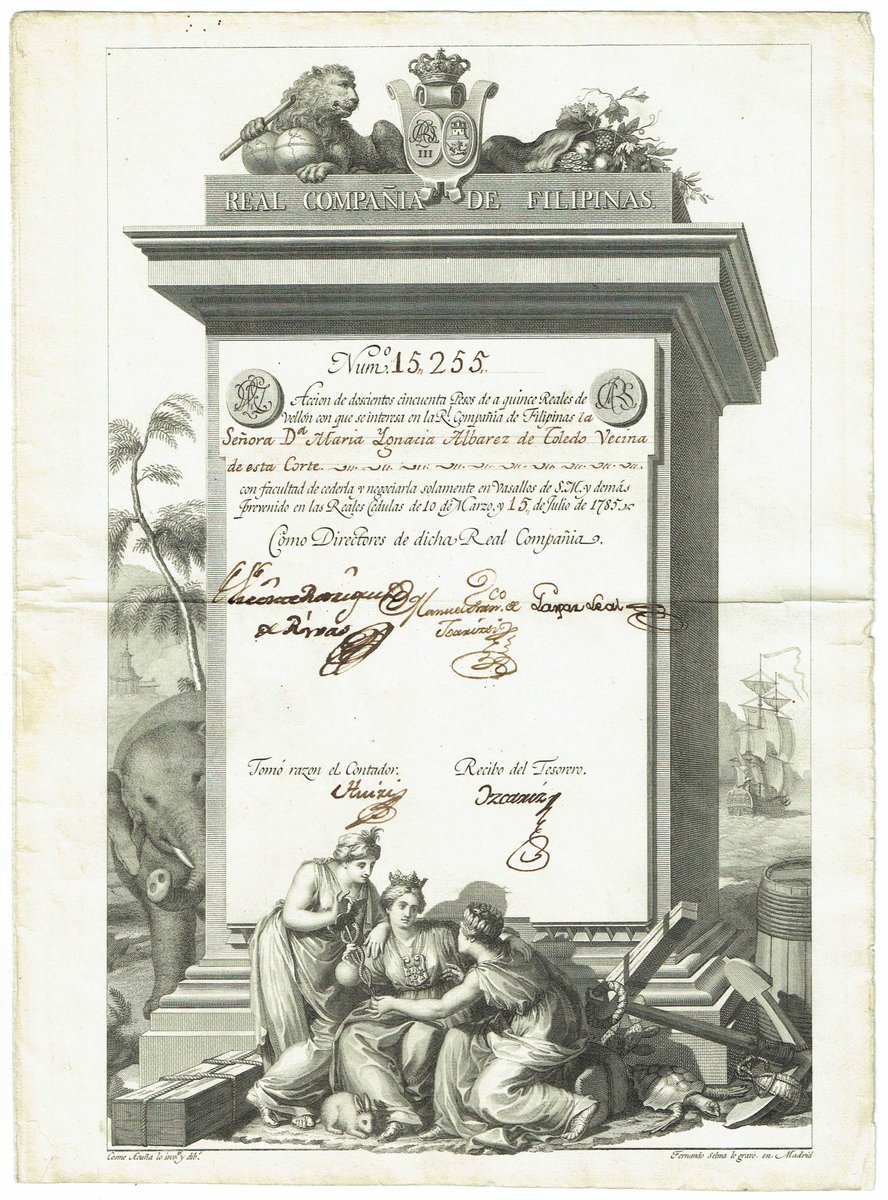
#TodayinHistory in 1865, Filipino revolutionary general, Miguel Malvar, one of the last generals to surrender to the Americans in the Philippine-American War, was born in Barrio San Miguel, Santo Tomas, #Batangas #PH.
THREAD. #history #kasaysayan
THREAD. #history #kasaysayan

Born to Maximo Malvar & Tiburcia Carpio, Miguel was educated early via his hometown's school. Soon, he was mentored by Valerio Malabanan, one of the great teachers of Batangas who offered pro-bono services in Tanauan.
https://twitter.com/indiohistorian/status/1280820134970421248?s=20&t=9VXSJShLI4LeO41Dhyamew
Malvar was a skilled businessman. After making a name for himself in the local sugar industry, his business thrived as was his influence in the community. He was even given P1,000 as seed money by Saturnina Rizal, Jose Rizal's oldest sister, to help his enterprise.
Malvar was soon elected gobernadorcillo of Santo Tomas. His stand as town leader made him earn the ire of the Spanish curate. In 1896, as Katipunan leader, he led battles vs. the Spaniards in Talisay, Zapote, Indang, Bailen, Magallanes, & Alfonso. 
https://twitter.com/indiohistorian/status/1561970134637748224?s=20&t=9VXSJShLI4LeO41Dhyamew

In 1897, w/ the revolutionary leaders' voluntary exile via the Pact of Biak-na-Bato, Malvar went to HK in early 1898. Following Aguinaldo's return, Malvar went back to #PH in June 1898 w/ 2,000 rifles.
https://twitter.com/indiohistorian/status/1475424746984464386?s=20&t=9VXSJShLI4LeO41Dhyamew
He was put in charge of the command of the Filipino forces in southern Luzon. With the outbreak of the Philippine-American War on 4 Feb 1899, Malvar led the Filipino forces in Muntinlupa, San Pedro Tunasan, Calamba, & Cabuyao.
https://twitter.com/indiohistorian/status/1489512088141660161?s=20&t=9VXSJShLI4LeO41Dhyamew
His forces reinforced those of Gen. Juan Cailles, & aided the forces of Gen. Artemio Ricarte in defense of Laguna amidst American advance.
https://twitter.com/indiohistorian/status/1271793338442637313?s=20&t=9VXSJShLI4LeO41Dhyamew
Even after the U.S. captured Aguinaldo in 1901, & subsequent surrender of the other Filipino generals, Malvar was resolute in continuing the fight. To sever Malvar's supplies, the U.S. employed reconcentration policies that caused suffering on communities.
https://twitter.com/indiohistorian/status/1508368016064483328?s=20&t=9VXSJShLI4LeO41Dhyamew
On 16 April 1902, seeing the futility of the fight, w/ his troops' resources greatly diminished, he surrendered to U.S. Gen. Franklin Bell. After the war, he went back to farming. When offered to run as Batangas governor, he respectfully refused.
https://twitter.com/indiohistorian/status/1250697434600099840?s=20&t=9VXSJShLI4LeO41Dhyamew
Photos:
- Portrait of Gen. Miguel Malvar, @NHCPOfficial Miguel Malvar Museum Collection
- Malvar, undated, fineartamerica.com
For @subselfie.
@jmnualla
@tonitiemsin
- Portrait of Gen. Miguel Malvar, @NHCPOfficial Miguel Malvar Museum Collection
- Malvar, undated, fineartamerica.com
For @subselfie.
@jmnualla
@tonitiemsin
• • •
Missing some Tweet in this thread? You can try to
force a refresh















